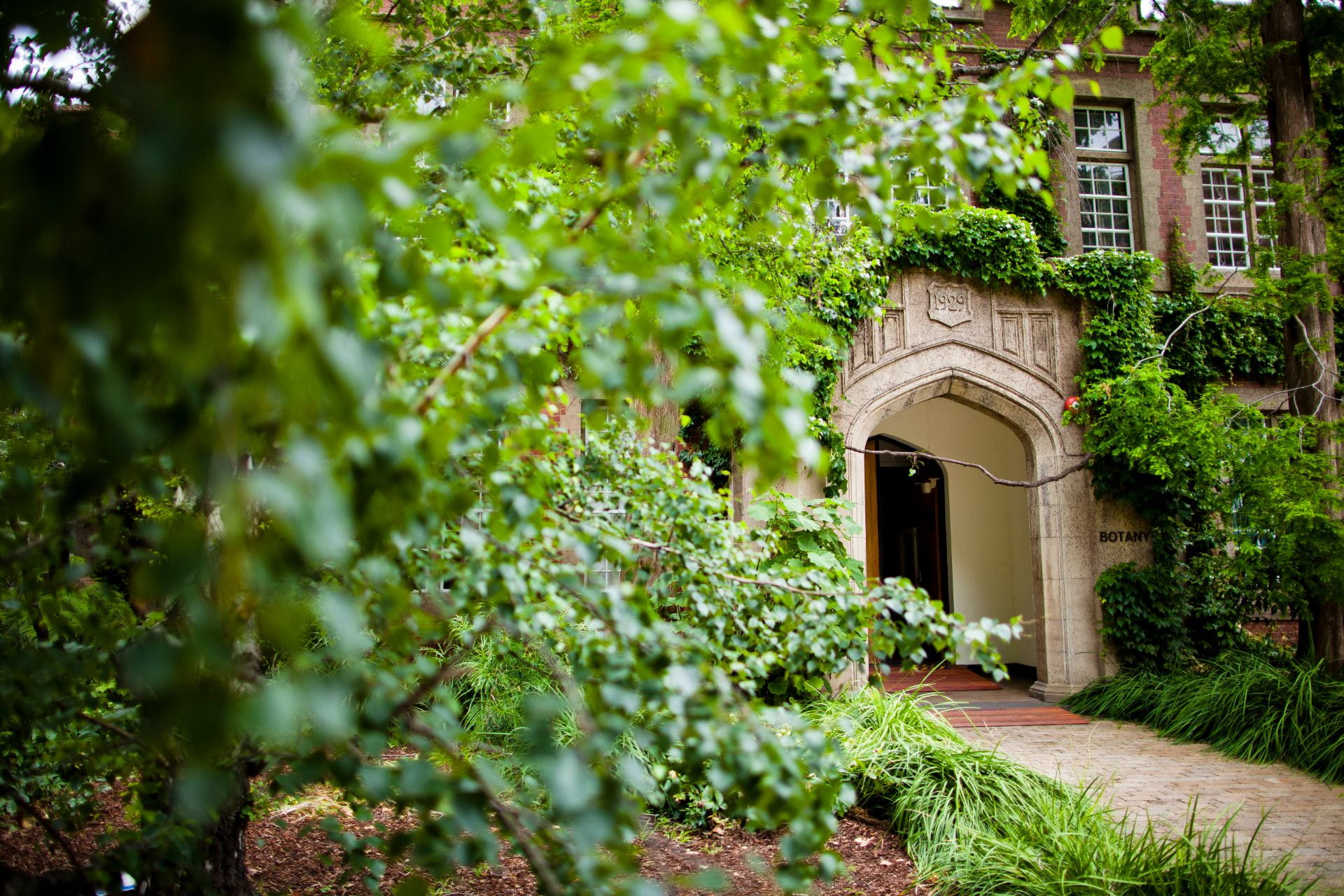
Belle Shapardon
Belle Shapardon, ‘The Sioni Cultural Complex: Cultural Complexity and Interaction during the Transcaucasian Chalcolithic’ (PhD in Classics & Archaeology, 2020)
In the past, the Chalcolithic period (c5000–3500 BCE) in the Transcaucasus represented a poorly defined ‘interlude’ between the Late Neolithic and the Early Bronze Age. An understanding of this period was hindered by a lack of reliable chronological frameworks, radiocarbon dates, stratified cultural deposits, and adequately defined local and regional assemblages. However, within recent research, the Chalcolithic has emerged as a distinct chronological period within the Transcaucasus and is characterised by the appearance of new material assemblages, a shift in settlement patterns and subsistence strategies, and a trend towards increasingly complex socio-economic dynamics. These developments took place against a backdrop of intensified interregional interaction which formed an extensive network, stretching from northern Mesopotamia to the northern Caucasus, centred on the trade and exchange of natural resources and raw materials.
In the 1970s, the discovery of a ceramic assemblage, at the site of Sioni in the Marneuli district in eastern Georgia, led to the articulation of a local complex and a distinct Chalcolithic period in the Transcaucasus. The Sioni cultural complex is defined by its ceramic assemblage which is characterised by grit and obsidian tempered vessels with distinctive incised and impressed rims. Sioni ceramics are found concentrated at sites throughout eastern and southern Georgia but are also widely dispersed in small quantities across the Caucasus region including contemporary sites in Armenia, Azerbaijan, eastern Anatolia, north western Iran, and the northern Caucasus. Since its discovery, ‘Sioni’ has become synonymous for the Chalcolithic period in the Transcaucasus and has come to represent a chronological indicator within the region.
Despite this, the Sioni complex remains inadequately defined. The term ‘Sioni’ has come to refer to both a ceramic tradition and a broad set of technological, morphological, and stylistic features among contemporary assemblages. As a major complex, the lack of a concise definition regarding Sioni represents a significant gap within the current research and understanding of the Chalcolithic period within the Transcaucasus.
This research aims to provide a foundational definition for the Sioni complex through an analysis of the unpublished ceramic assemblage from the type site. This study also examines these ceramics in relation to other contemporary Sioni sites, throughout eastern and southern Georgia, and will trace the distribution of similar materials across the Caucasus. Beyond Georgia, Sioni ware will be analysed in relation to other contemporary traditions and shared features among these assemblages will be identified. In doing so, this research places the Sioni complex within the wider regional and chronological context of the Transcaucasus during the Chalcolithic period and articulates how it may have interacted, both locally and regionally, with other contemporary traditions.
The study concludes by suggesting a restricted approach to the Sioni complex by using the assemblage from the type site as a foundation for its definition. The major features of the ceramic tradition are highlighted and Sioni is defined as a domestic cooking ware local to the areas of eastern and southern Georgia during the Chalcolithic period.
Supervisors: Professor Antonio Sagona, Professor Louise Hitchcock, Dr Claudia Sagona